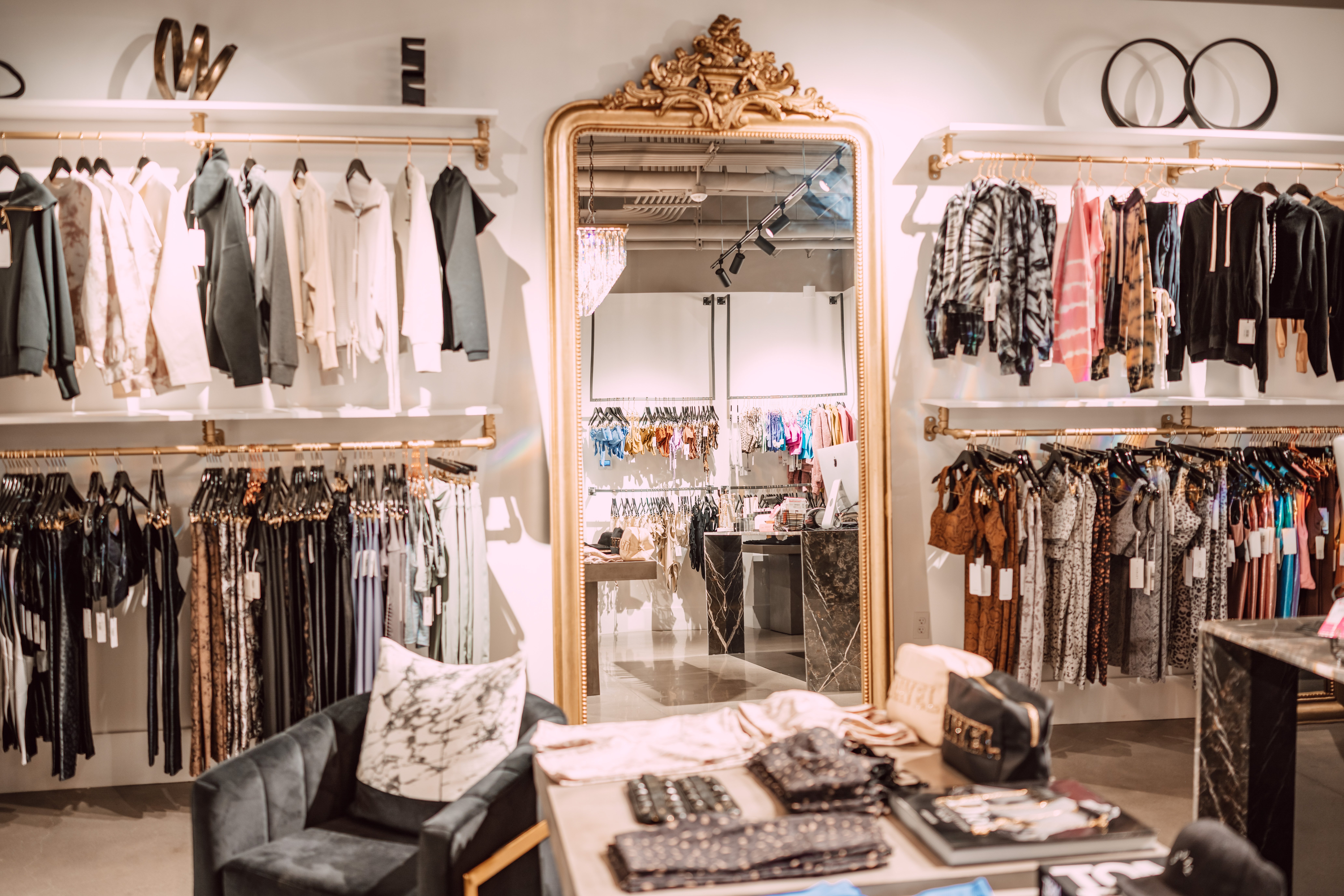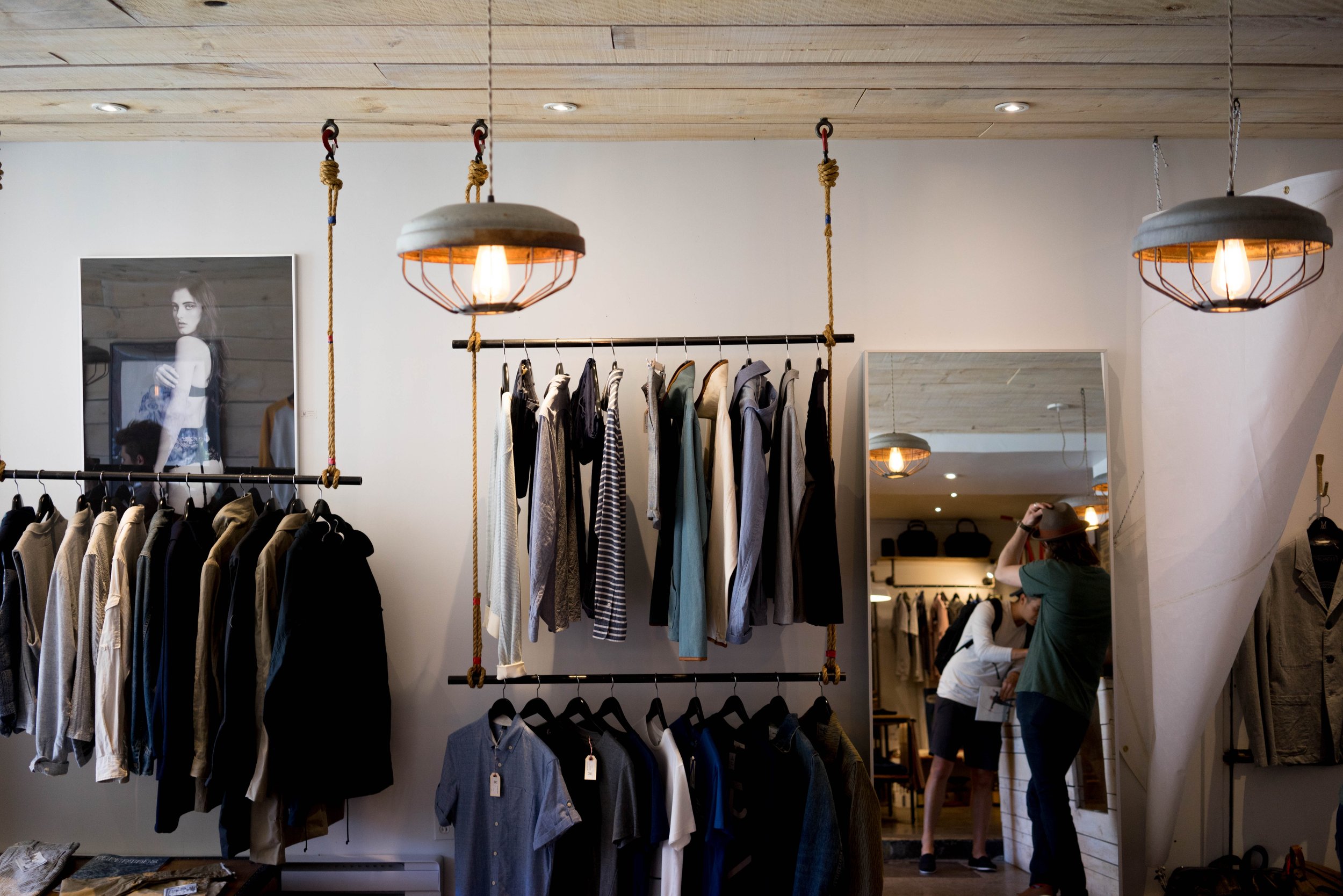Unveiling the Secrets Behind Budget-friendly Boutique Fashion
Discovering the Development and Influence of Clothing on Modern Fashion Trends
The development of clothes has considerably influenced modern style fads, merging historical precedents with cutting-edge technologies. Legendary numbers like Coco Chanel and Yves Saint Laurent reinvented the fashion industry by presenting ideas that prioritize convenience and access, which proceed to reverberate today.
Historical Fashion Influencers
In the tapestry of fashion background, certain numbers have left an indelible mark, forming the trends and designs that specify entire periods. Coco Chanel, an innovative developer, redefined women's fashion by presenting comfy, classy garments that left from restrictive bodices.
Elsa Schiaparelli is another essential number, renowned for her avant-garde styles that included surrealist art, working together with Salvador Dalí to develop wayward pieces that challenged standard aesthetic appeals. Her cutting-edge use of color and vibrant patterns resounds in contemporary fashion. Yves Saint Laurent, on the other hand, democratized high fashion with prêt-à-porter collections, bringing path designs to the masses and establishing a precedent for contemporary ready-to-wear lines.
These enthusiasts, to name a few, not just revolutionized fashion in their times however additionally established enduring trends that resonate in today's garment industry, giving a structure whereupon modern designers remain to innovate and develop. Their heritages emphasize the relevance of creativity and daring in fashion's ever-evolving narrative.
Technological Developments in Fashion
In the middle of the dynamic landscape of the fashion industry, technological developments stand at the leading edge of development, reshaping exactly how designers create and consumers engage with style. The assimilation of 3D printing has actually changed layout procedures, allowing designers to try out complex structures and lasting products that were formerly unthinkable. This innovation promotes rapid prototyping, reducing waste and expediting production times.

Smart textiles, installing technology into textiles, are also transforming the sector. Innovations like temperature-regulating and self-cleaning textiles offer improved capability and comfort. Wearable innovation, integrating attributes like fitness tracking and interaction, includes a brand-new dimension to fashion, merging aesthetic appeals with practicality.
Social Changes and Design
As technological developments remain to improve the fashion business, social shifts are similarly prominent, redefining style and consumer preferences. Recently, the rise of social networks platforms has accelerated the dissemination of global style fads, permitting varied cultural influences to coexist and merge. This electronic interconnectivity has actually assisted in the fast exchange of ideas, leading to a more inclusive and eclectic analysis of design that shows the multifaceted nature of modern culture.
Social understanding and appreciation have actually motivated designers to draw ideas from a wider spectrum of ethnic and historical contexts, integrating traditional concepts with contemporary visual appeals. This fusion has actually led to fashion that reverberates with a larger target market, advertising a sense of identification and belonging across various demographics. Furthermore, the increasing need for customization has driven brand names to provide personalized choices, enabling customers to express originality while reflecting their social heritage.
Furthermore, changing societal worths have influenced fashion, with inclusivity and variety becoming main themes. The market has actually begun to welcome models and influencers of various type of body, ethnicities, and sex identities, difficult standard charm criteria. This change emphasizes the power of cultural shifts fit the future of fashion, as style comes to be a more authentic expression of individual and collective identification.
Sustainability and Modern Design
While the style industry proceeds to progress, the critical for sustainability has ended up being increasingly immediate, influencing modern layout techniques. The surge of slow-moving style, which stresses top quality over amount, motivates consumers to invest in timeless items instead than short-term patterns.
Furthermore, modern-day style is characterized by its advancement in reducing waste and advertising circularity. This technique not only alleviates environmental influence but additionally enhances the social duty of fashion residences.

Future Trends in Style

Sustainability will remain to be a driving force in forming future fashion patterns. The industry is significantly adopting green materials and moral production approaches, replying to an expanding consumer need for responsible techniques. Innovations such as bio-fabricated products and closed-loop recycling systems are readied to redefine exactly how clothing is created and eaten, decreasing ecological impact while preserving design and quality.
Social changes, including the increase of inclusivity and variety, will likewise play a pivotal role. As society comes to be a lot more mindful of social concerns, style is expected to come to be a system for expression and modification. Developers will likely focus on developing collections that reflect a wider variety of identifications and experiences, championing representation and access.
Conclusion
The development of garments significantly impacts contemporary style fads, where historic impacts merge with contemporary designs. Secret figures like Coco Chanel and Yves Saint Laurent have actually redefined design, while technical technologies such as 3D printing and smart textiles expand creative possibilities. Cultural shifts towards inclusivity and sustainability force brand names to take on moral techniques and welcome variety. This recurring advancement emphasizes style's duty as a mirror my explanation to social worths and technological improvement, suggesting a future rich with development and inclusivity.
The advancement of garments has considerably affected modern-day fashion trends, combining historic precedents with cutting-edge technologies.In the middle of the dynamic landscape of the style market, technological innovations stand at the center of development, reshaping just how designers develop and customers engage with style.While the fashion sector continues to evolve, the imperative for sustainability has actually become significantly urgent, affecting contemporary design methods. As sustainability becomes ingrained in modern layout, it paves the method for a more liable and conscious style industry.
The development of clothing substantially impacts her explanation contemporary style fads, where historic influences combine with modern designs.